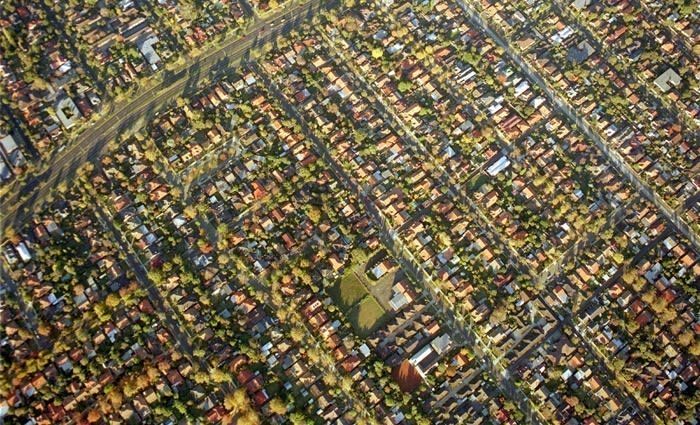Half of Hotspotting's Dirty Dozen now in suburban markets
Hotspotting’s Dirty Dozen – the 12 worst places to invest in Australia – has for a long time been dominated by markets closely linked to the resources sector.
The latest batch – included in the new edition of The Price Predictor Index – has a different flavour. Half of the locations are suburban markets, with considerably less dominance by the mining-related centres.
There are two reasons: oversupply has coincided with a decline in sales to turn many city apartment markets no go zones – and there are glimmers of recovery in some of those down-trodden resources locations.
One of the most remarkable emerging news stories right now is the speed of the turnaround in perception, confidence and activity in the resources sector. After 2-3 years of “the resources boom is over” articles, suddenly the news is dominated by rising commodity prices and announcements of new mining ventures or the revival of projects previously mothballed.
This is particularly true in Queensland, where the spectacular rise in the price for coal has changed the mentality of the industry and perceptions about the state economy.
Personally, I wish they’d leave coal in the ground and find better, cleaner ways to make steel or fire up power stations.
But for anyone who owns real estate in places like Mackay, Emerald, Moranbah or Rockhampton in Queensland, as well as the towns of the Hunter Valley in New South Wales, this is seriously good news. There is now genuine hope of vacancy rates coming down and rents and prices rising again.
Consider this from The Courier-Mail on 17 October: “A third Queensland coal mine has announced its intention to restart production as demand out of China has pushed the spot price above $US220 a tonne. Cockatoo Coal has emerged from administration with a plan to restart the Baralaba mine early next year. It follows Glencore’s decision to restart production at the Collinsville mine, while Stanmore Coal has taken over the Isaac Plains mine from Vale and Sumitomo and has now settled contracts for November delivery of its semisoft coking coal at $US130 a tonne, which is 75 percent higher than September’s price.”
And this from The Herald in Newcastle on 14 October: “The Hunter coal industry is back on an optimistic footing after big rises in prices both for coking coal for steelmaking and the region’s main product, thermal coal for power stations. In round figures, thermal coal prices are up by about 70 percent on lows earlier this year, while coking coal, which makes up about 15 percent of Hunter output, has effectively doubled. The price increases have led analysts to re-rate most Hunter mines as profitable, whereas a year ago it was widely accepted that two out of three mines were losing money.”
Or this from the Financial Review on 12 October: “The mining industry has reached an agreement with Japanese steel makers that prices for most Australian coking coal will jump 117 percent in just three months, an increase that means that the benefit of rising prices could be felt across the economy. The agreement means most Australian coking coal will be sold for $US200 per tonne over the next three months, compared with $US81 per tonne in the March quarter. The boom in coal prices could add 2 percent to national income this year, boost Federal Budget revenues by close to $7 billion and start wages growing again. Less than a year after the coal industry was accused of being in terminal decline, shuttered mines across Queensland and NSW have been reopened.”
Business Insider reported on 17 October: “With just over two months to go, it appears that 2016 could well be an important turning point for Australia’s mining sector. Commodity prices have recovered, the downturn in capital investment appears to be nearing its end and there are even some signs of a pickup in non-mining infrastructure investment, which is helping to boost sentiment after years of depressing, capital-destroying developments. For an economy that’s still highly-dependent on the mining sector, it’s been welcome news.”
What a startling difference in the rhetoric is so short a space of time.
There are all kinds of implications for economies and government budgets, but also for real estate in affected areas.
For those long-suffering investors who have been agonising over whether to cut their loses and get out of badly-performing properties in places like Gladstone in Queensland and Newman in Western Australia, there is now some hope that hanging on will deliver, in time, a reasonable outcome.
Terry Ryder is the founder of hotspotting.com.au. You can email him or follow him on Twitter.
